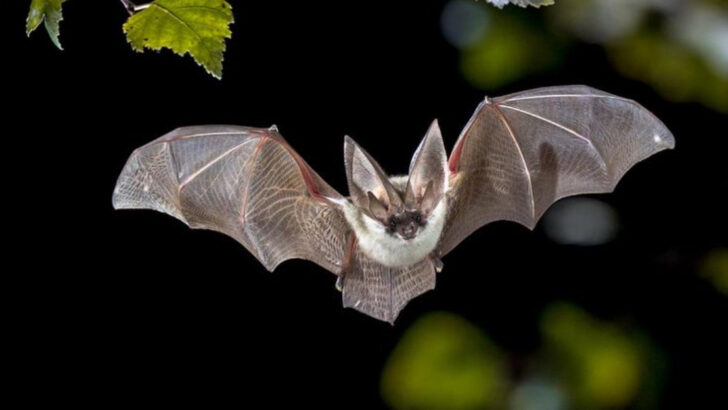Bats often get a bad rap, but these creatures are full of surprises that go beyond the usual myths. They’re fascinating animals with unique habits and abilities that play a bigger role in our world than most people realize. Taking a closer look at what makes bats tick reveals just how important they are to the ecosystems around us.
From their echolocation skills to their crucial work in controlling insect populations, bats contribute in ways that quietly support both nature and human life. Understanding these facts not only sheds light on their behavior but also helps appreciate why protecting bats matters more than ever.
Natural Pest Controllers
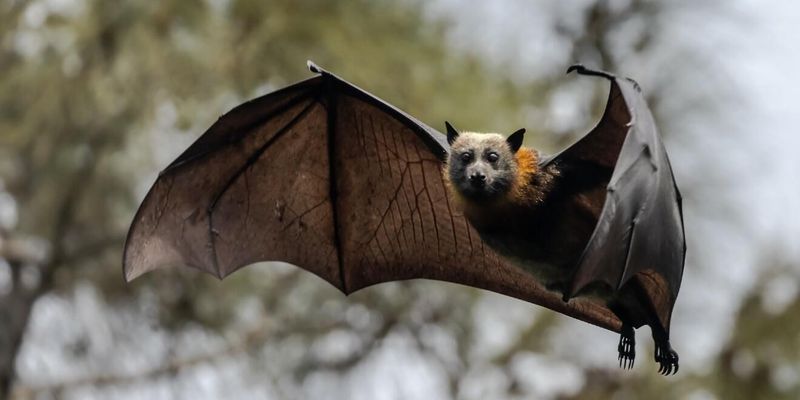
Bats consume a staggering number of insects every night, often eating their body weight in pests. This natural pest control service benefits farmers and gardeners, reducing the need for chemical pesticides. One bat can eat up to 1,200 mosquitoes in an hour, protecting crops from harmful insects.
In regions plagued by agricultural pests, bats play a silent yet critical role in maintaining crop health. Farmers can save millions in pest control costs by attracting bats to their fields. This not only supports sustainable farming practices but also helps preserve biodiversity.
Bats’ Remarkable Longevity
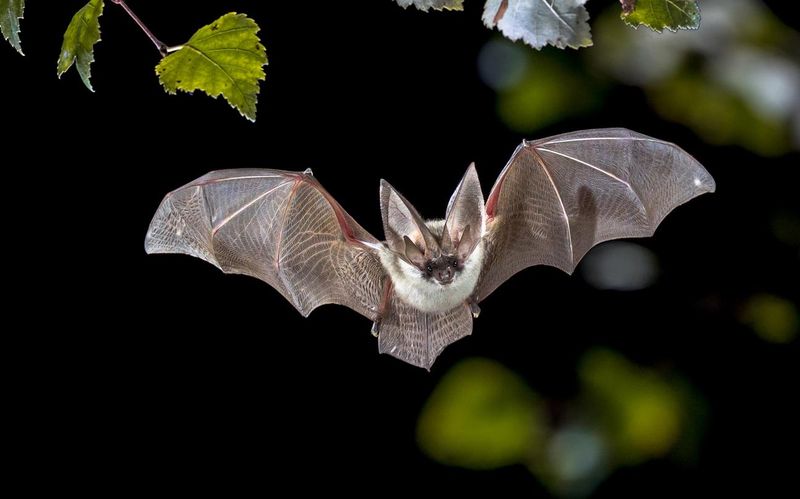
Bats defy the typical mammalian lifespan expectations. Despite their small size, many bat species live incredibly long lives. Some species can live over 30 years, which is extraordinary for such tiny creatures. Their longevity is partly due to their low metabolic rate and ability to enter a state of torpor, which conserves energy.
This adaptation allows them to endure periods of food scarcity and harsh weather conditions. Additionally, bats have fewer natural predators when roosting in large colonies, providing a safer environment. Such resilience and survival strategies continue to intrigue scientists and contribute to our understanding of aging.
Pollinators of the Night
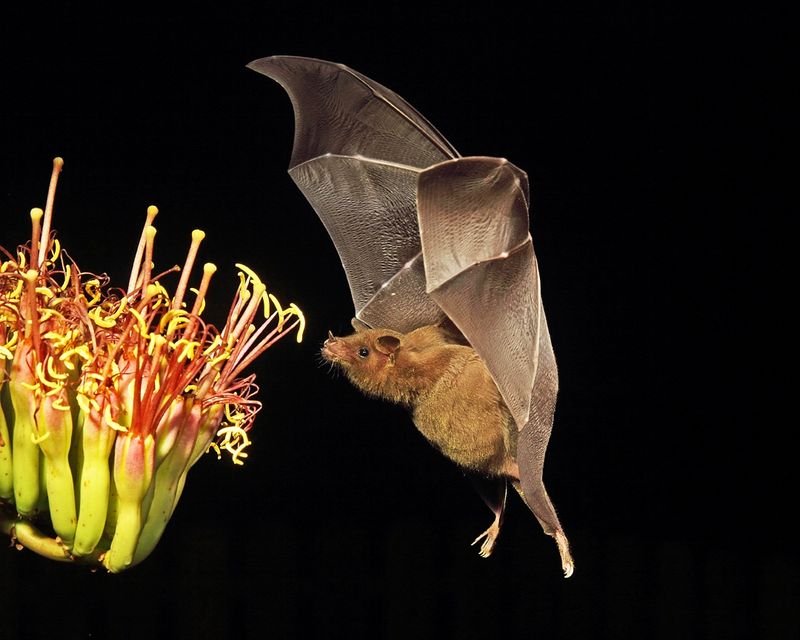
While bees and butterflies are daytime pollinators, bats take over at night, pollinating a variety of plants. They are vital for the reproduction of many fruit trees, such as bananas and mangoes.
Their long tongues enable them to reach deep into flowers, transferring pollen in the process. Without bats, some plants would struggle to reproduce, impacting food supply chains. By supporting bat populations, we ensure the survival of these night-blooming plants, exemplifying their role in biodiversity.
Unique Blood-Feeding Habits
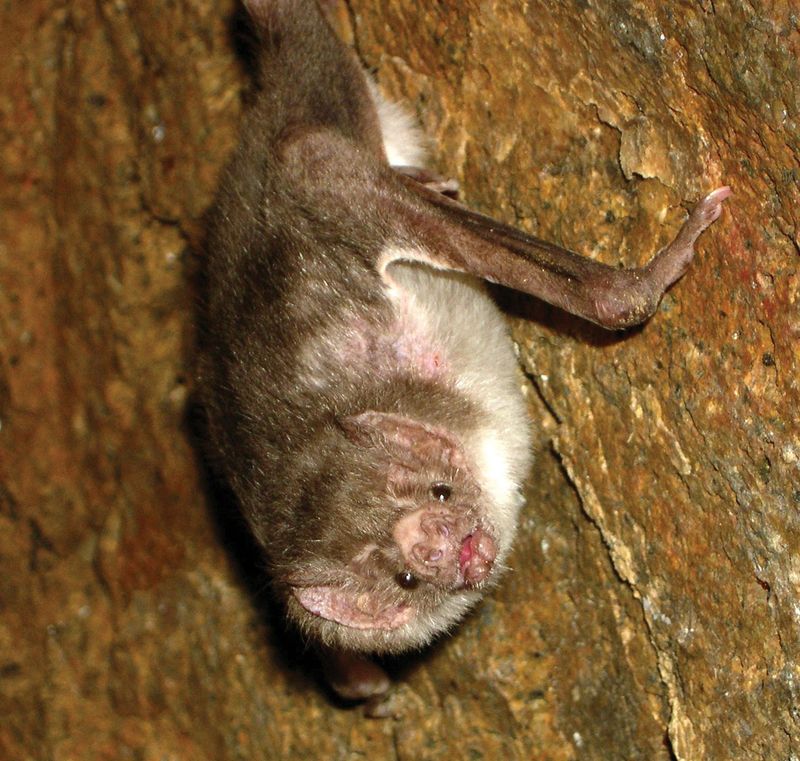
Vampire bats have developed an extraordinary feeding method, relying solely on blood for sustenance. Their sharp teeth make tiny incisions without waking their prey, thanks to the anticoagulant properties of their saliva.
This unique adaptation enables them to feed stealthily on sleeping animals, such as cattle, without being detected. Researchers study these bats to understand blood anticoagulation, potentially benefiting medical science. The intricate evolutionary path that led to this specialized feeding behavior highlights the complexity and diversity within the bat family. Such adaptations ensure survival in diverse environments.
Seed Dispersers
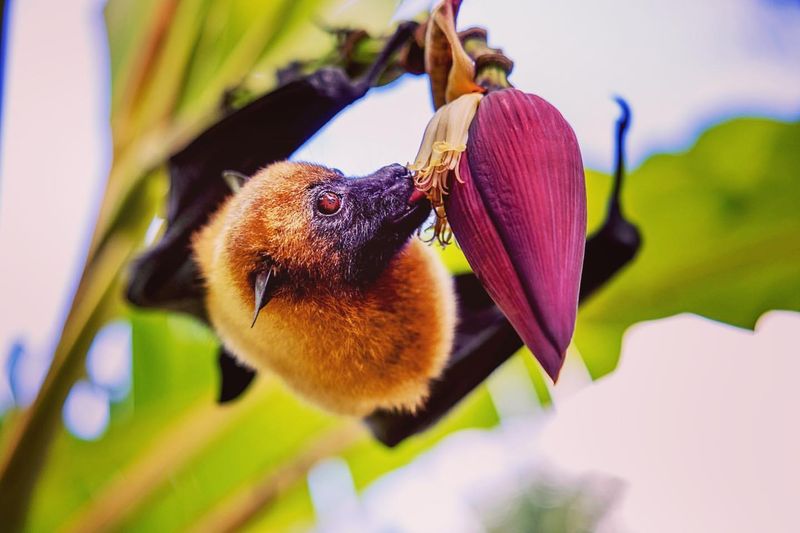
Bats contribute to forest regeneration by dispersing seeds far from the parent plant. As they consume fruits and travel long distances, they drop seeds in new locations, promoting diverse plant growth.
This behavior is crucial in tropical forests, where bats help maintain the ecosystem’s balance. Their ability to scatter seeds across vast areas aids in reforestation efforts, especially in deforested regions. Bats’ seed dispersal services are invaluable for maintaining healthy and resilient forests.
Bats as Bioindicators
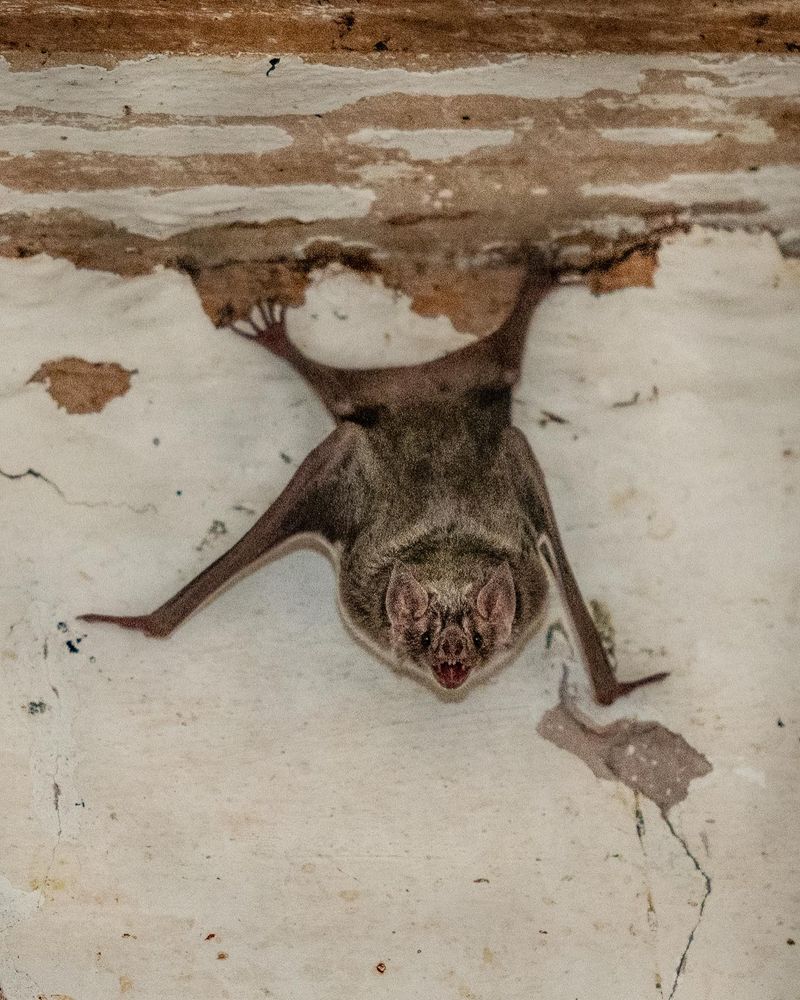
Bats serve as bioindicators, reflecting the health of their ecosystems. Their presence and diversity can indicate the environmental state, as they’re sensitive to changes in habitat quality and climate.
Monitoring bat populations helps scientists assess ecosystem stability and detect early signs of ecological disruption. By studying bat activity, researchers can implement conservation strategies more effectively. Therefore, bats play an essential role in environmental monitoring, providing insights into habitat resilience and sustainability. Their sensitivity to environmental changes makes them valuable allies in understanding and preserving biodiversity.
Echolocation Experts
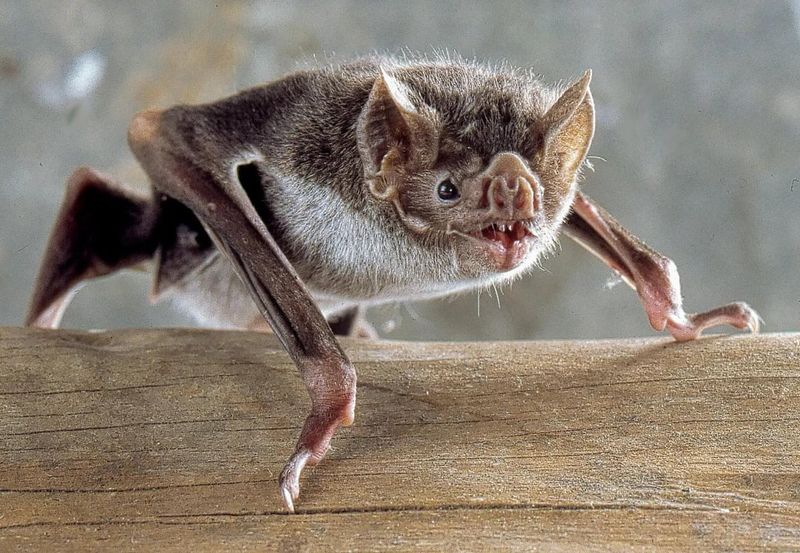
Bats’ remarkable echolocation ability allows them to navigate and hunt in complete darkness. By emitting high-frequency sounds, they create a detailed sonic map of their surroundings.
This skill is not only fascinating but also crucial for survival, as it enables them to find food and avoid obstacles. Understanding echolocation can inspire technological advancements in sonar and navigation systems. The sophistication of this natural sonar system showcases bats’ adaptability and intelligence.
Mysterious Migration Patterns
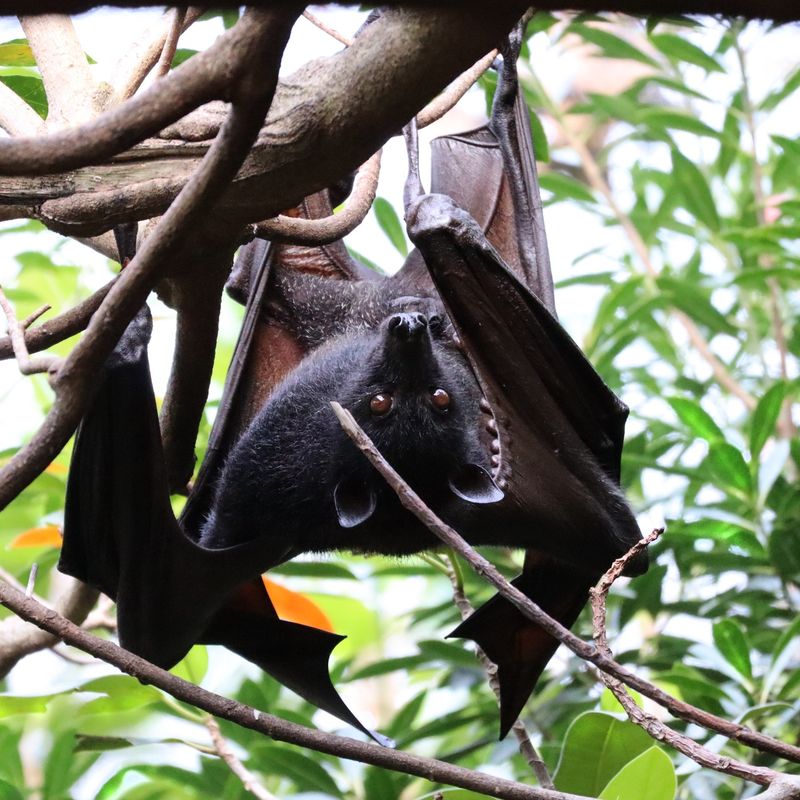
Many bat species undertake intricate migratory journeys, traveling vast distances between roosting and foraging sites. These migrations often occur in response to seasonal food availability and climatic changes.
Scientists continue to study these patterns to uncover the mysteries of bat navigation and behavior. Their ability to traverse long distances with precision offers insights into animal migration and orientation. Understanding these patterns not only aids in conservation efforts but also enhances our knowledge of ecological connectivity and animal navigation. Such migrations demonstrate the incredible adaptability and resilience of bats.
Diverse Species
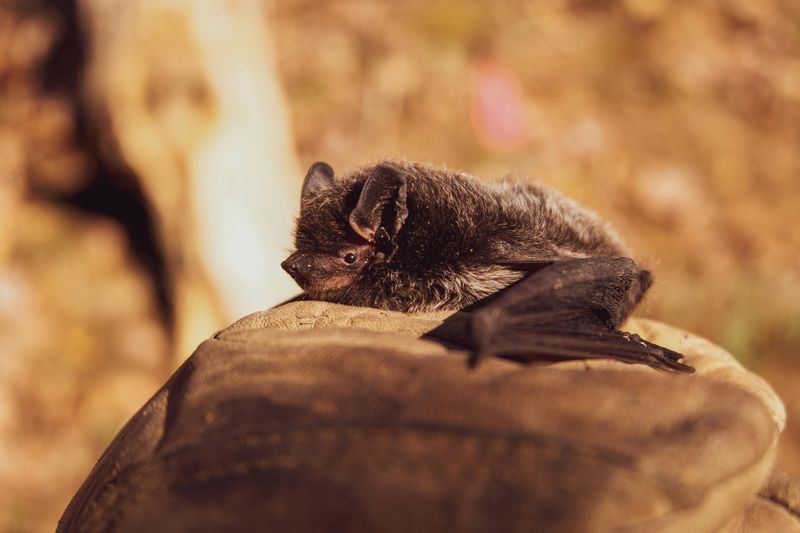
With over 1,400 species, bats are the second most diverse order of mammals. They come in various sizes, from the tiny bumblebee bat to the large flying fox.
This diversity allows bats to inhabit a wide range of environments, from deserts to rainforests. Each species has evolved unique adaptations, contributing to ecological stability. The vast array of bat species reflects the complexity and richness of life on Earth, playing specialized roles in their respective ecosystems.
Cultural Significance

Bats have captured human imagination for centuries, appearing in folklore and literature worldwide. Often misunderstood, they symbolize everything from good luck to malevolence.
In many cultures, bats are seen as protectors and bringers of good fortune. Educating people about bats’ positive roles can shift perceptions and inspire conservation efforts. Recognizing their cultural importance helps foster a deeper appreciation for these enigmatic creatures.
Conservation Challenges
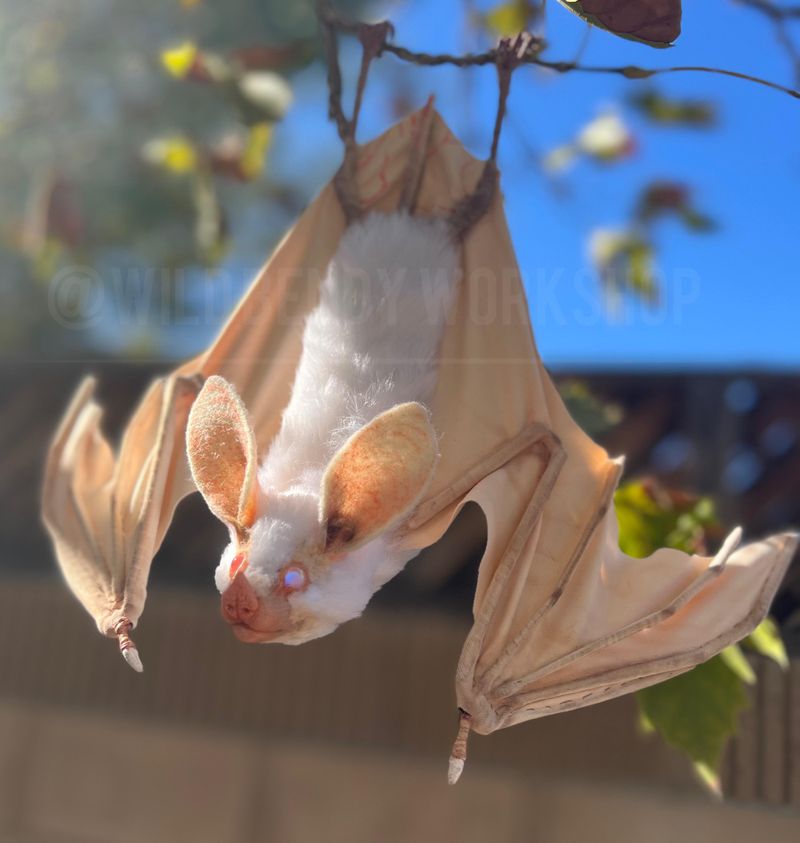
Despite their benefits, bats face numerous threats like habitat loss, climate change, and disease. White-nose syndrome, a deadly fungus, has devastated bat populations in North America.
Conservation efforts focus on habitat protection and disease management to ensure their survival. Installing bat boxes and promoting bat-friendly environments can support recovery. Understanding these challenges emphasizes the need for global cooperation in protecting bats and preserving biodiversity.

